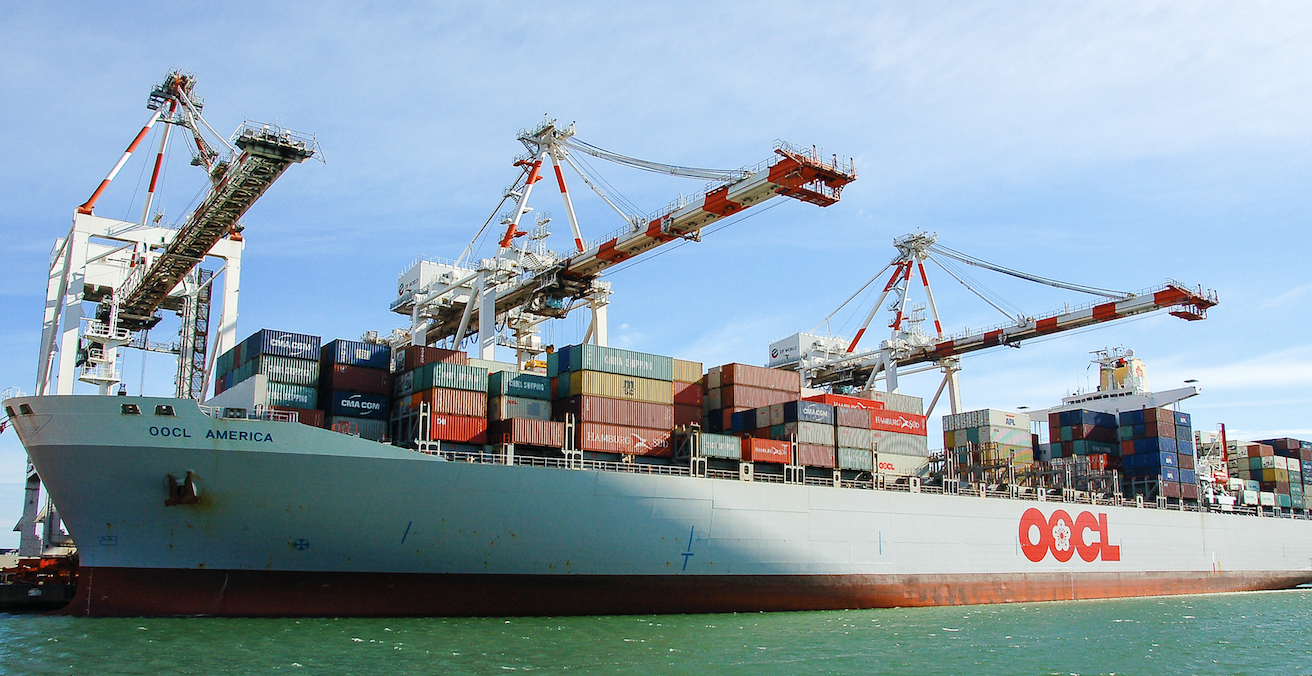Australia and the China Slowdown

Australia has long enjoyed the benefits of China’s economic growth while also treating its expanding presence in the region with caution. As the Chinese economy starts to slow down and relations with Beijing become more challenging, Australia will need to put the lessons it has learned along the way to good use.
At China’s National People’s Congress in March, Premier Li Keqiang announced that economic growth was forecast to be “from 6 to 6.5 percent” in the coming year. This was just the latest indicator that the country’s national economy is in entering a period of much more modest growth. These statistics need to be put in perspective though. Even with this lower level of growth, China added an economy the size of Australia to its output in 2018. And it still accounts for a third of global wealth creation.
Since 2010, China has been Australia’s largest trading partner. It is also a significant investor. It accounts for by far the highest number of foreign students in the country. But for primarily political reasons, Canberra has been keen to do all it can to make sure that it doesn’t get tied into a situation where Beijing is its only option. The question is how viable this sort of strategy is.
Previous attempts to open up other opportunities have led to underwhelming results. In the brief premiership of Prime Minister Tony Abbott attention was paid to Japan. Also around this time, the Department for Foreign Affairs and Trade started to talk more about the “Indo-Pacific” and emerging opportunities in India were attended to. All of this only made one thing starkly clear. In terms of actual opportunity, China’s use of Australian commodities and agricultural produce was a far greater contributor to the country’s continuous enjoyment of positive growth over the last two and a half decades than anything else. That gave rise to a certain complacency, Canberra seemed to be searching for an alternative without putting much heart into it because the benefits accruing from China were so positive.
Now there are gathering headwinds and the hunt for some kind of alternative has started with renewed vigour. China’s slowing economy is also marked by another phenomenon; the shift to a services-based and domestic-driven growth model. China is now urbanised with an emerging middle class who are likelier to consume more and use more services. It was to tap into this market, that Canberra sought a free trade agreement with Beijing. After several years of negotiation, this was signed in 2014. However, the theoretical possibility of Australian companies being able to work in health care and tourism in China has not eventuated. The outcomes of the agreement have been respectable, but not spectacular. Despite its size, China remains a tough and protected market.
On top of this, Australia has blocked a number of high-profile investments from China. Most significantly, in 2012 Huawei was prevented from bidding for the National Broadband contract over security concerns. This happened long before America’s issues with the Shenzhen-based telecom giant. In 2015, the Kidman estate deal involving a Chinese partner was also vetoed – by the then treasurer and now prime minister Scott Morrison. A year later, the power grid in New South Wales turned down involvement by another consortium involving a Chinese partner – again, on security, rather than commercial, grounds. In 2018, foreign interference legislation was passed by the federal government to stop elected officials taking inducements in the form of trips and hospitality from Chinese partners.
All of this shows that despite the years of big commodities trade with China, and the growth and jobs that arose from that, there has always been an accompanying sense of cautiousness and the need for risk management. The question now, however, is not so much how Australia can seek new partnerships and sources for growth from China despite good opportunities, but what it does when even these dry up. This has only increased the incentives to look elsewhere.
This search won’t lead to any kind of outcome overnight. China and Australia will continue to have plenty of places to work together, and they may well manage the shift to a more finance and services sector partnership. Sydney, after all, signed an RMB Chinese currency deal during the Gillard years. And banks like ANZ and Macquarie have been strong players in China. King & Wood Mallesons, the legal firm, is partly Chinese owned. Even so, it is clear that China is protecting its domestic services sector jealously. Australian entrance into this sector, therefore, will probably be as a result of much more concerted efforts by America and the European Union and other major players to get fairer entry. And that, of course, means that if and when this happens, Australia will be competing with them to do business there when the barriers disappear, rather than enjoying these on its own.
Australia does have one big advantage over most other countries. It has had a decade or so of learning what it means to have China as a major trading and investment partner. This has been at a time when the relationship was mostly straightforward and transactional, involving the shipping of iron ore and other goods north and the receipt of payments south in return. It is clear, and probably always was, that that phase could not go on forever. We are now entering a more difficult era, where Canberra is faced by a more complex set of possibilities and challenging demands from Beijing in a tighter economic context. It is really dependent on how it uses the knowledge and understanding of the last ten years on whether it will be able to move successfully into this new era. One thing is for certain. It is no longer simply about resources and physical goods, but about strategic wits and the ability to balance different interests. And here, with China so far, Australia is largely untested – but it cannot be complacent.
Kerry Brown is a professor of Chinese studies and director of the Lau China Institute at King’s College, London, and former director of the China Studies Centre at the University of Sydney.
This article is published under a Creative Commons License and may be republished with attribution.





